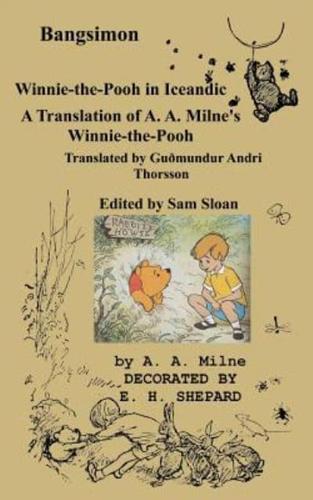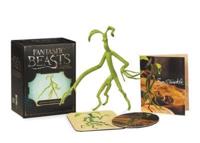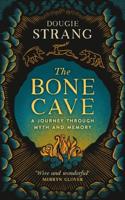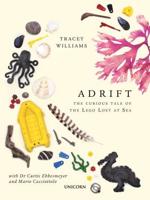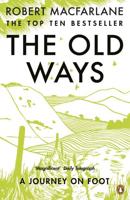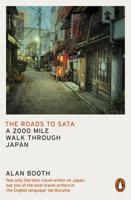Publisher's Synopsis
Winnie-the-Pooh is the most popular children's book in the world. Icelandic is a language read and spoken by three hundred thousand people in Iceland and a few thousand people in Europe and America plus a few in an Icelandic colony in Manitoba Canada. Icelandic may be the oldest language in the world that is still spoken unchanged. The Icelanders have tried to keep the language the same as it was when Iceland was first settled in 874 AD. The Icelandic Sagas can easily be read by every educated Icelander. They describe the early settlement of Greenland and Vinland in America which is believed to have been Nova Scotia.
This translation of Winnie-the-Pooh follows the original book closely. The purpose of this book is to help Icelandic speakers learn English and to help English speakers learn Icelandic. To have a translation as close as possible to the original is the most useful. Bangsimon is the Icelandic name for Winnie-the-Pooh. Bangsi is the Icelandic word for teddy-bear. Mon means "my". So, Bangsimon means "My Teddy-Bear". There are several books about Winnie-the-Pooh in Iceland. Icelandic children call their teddy bears "Bangsimon". Bangsimon is a traditional name for Winnie-the-Pooh in Iceland. It is not just the name given to it by the translator. The rabbit is Kaninka. Christopher Robin is Jakob Kristófer. Ishi Press has reprinted translations of Winnie-the-Pooh into 17 languages thus far. We have published it in Russian, Bulgarian, German, Dutch, Armenian, Polish, Spanish, Chinese, Esperanto, Icelandic, Bengali, Hindi, Urdu, Khowar, Kalasha, Latin and Persian. Swedish will be next. Icelanders say they can understand Norwegian and Swedish but the Swedes and Norwegians cannot understand them. Icelandic is essentially Old Norse, a predecessor and ancestor to Norwegian, Swedish and English. This translation into Icelandic is part of project to translate Winnie-the-Pooh into other languages. The idea is children need to learn to read at an early age and the best way to teach them to read is to provide reading materials that they find interesting. Children around the world laugh when they see Winnie-the-Pooh saying and doing silly things. Since Winnie-the-Pooh is the most popular children's book world-wide, translating this book into the different languages of the world will be conducive to teaching children to read in those languages.
